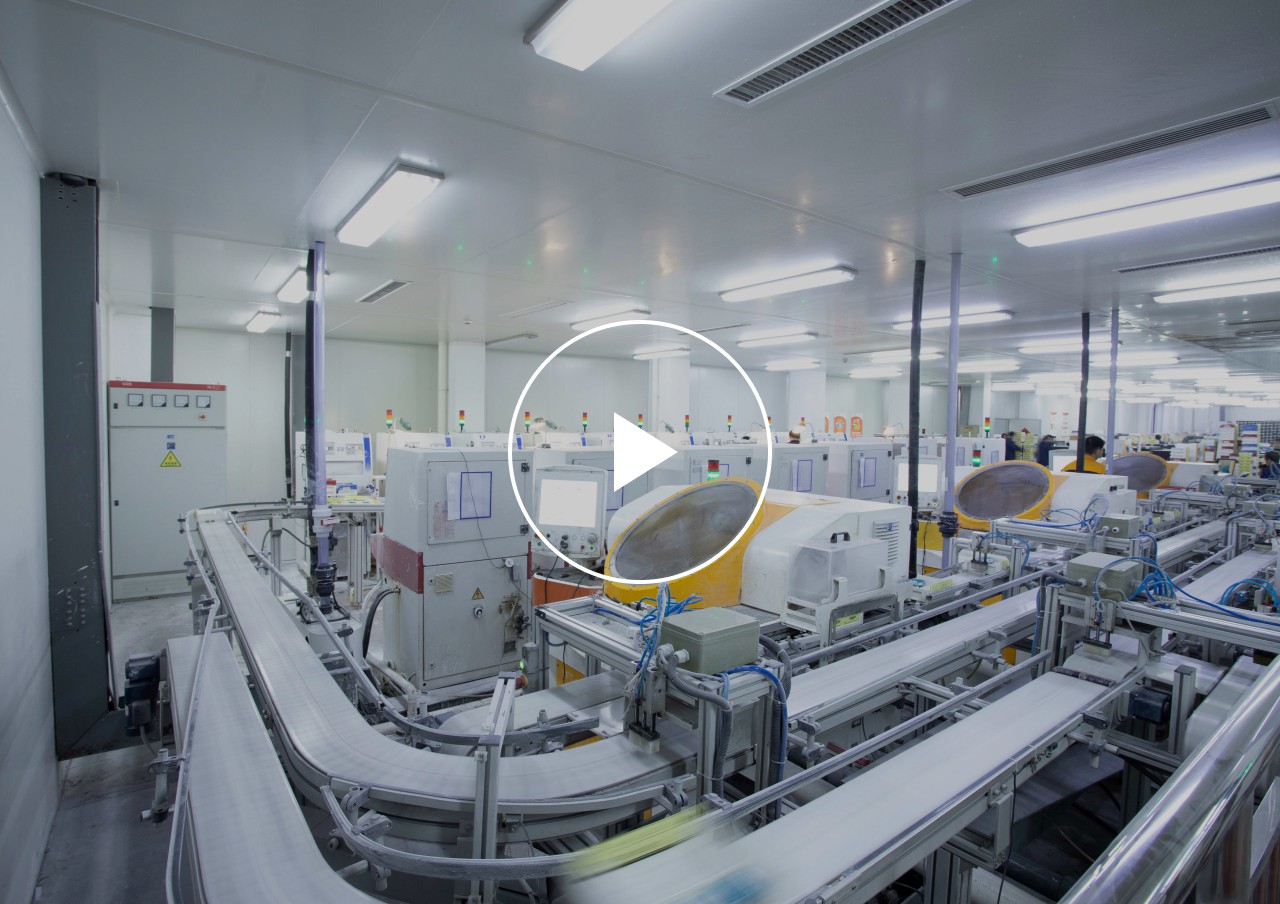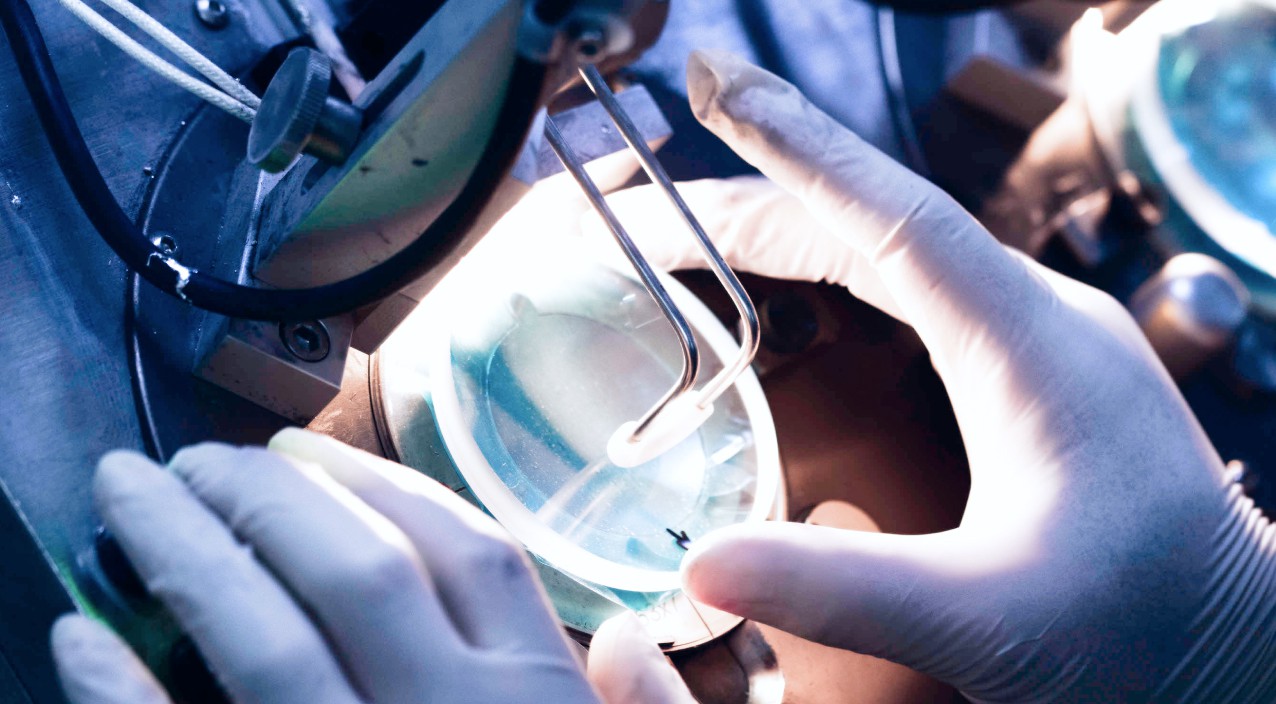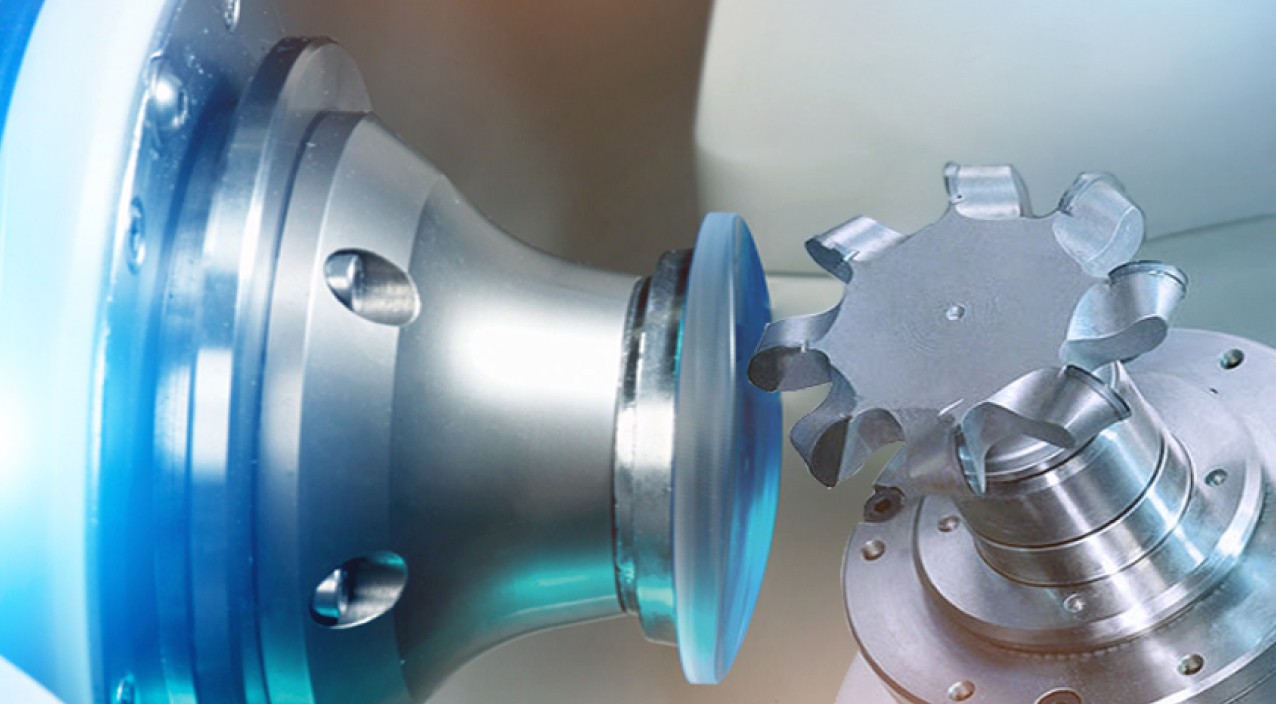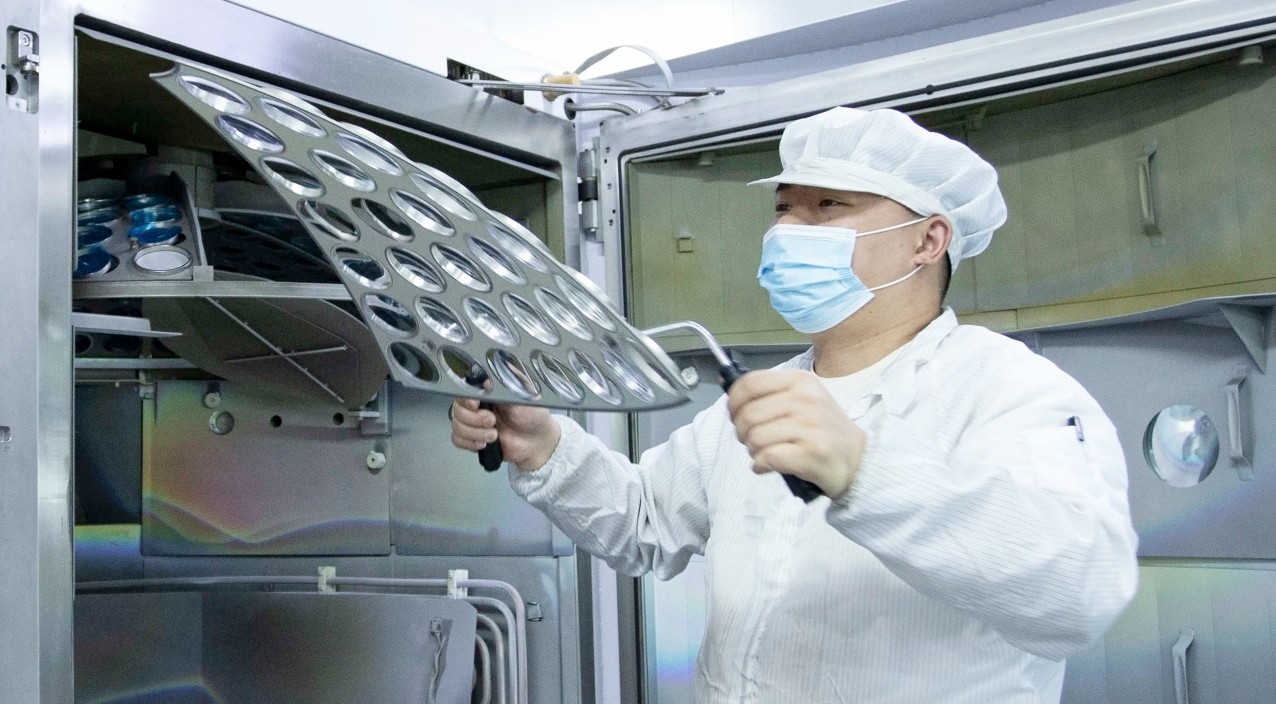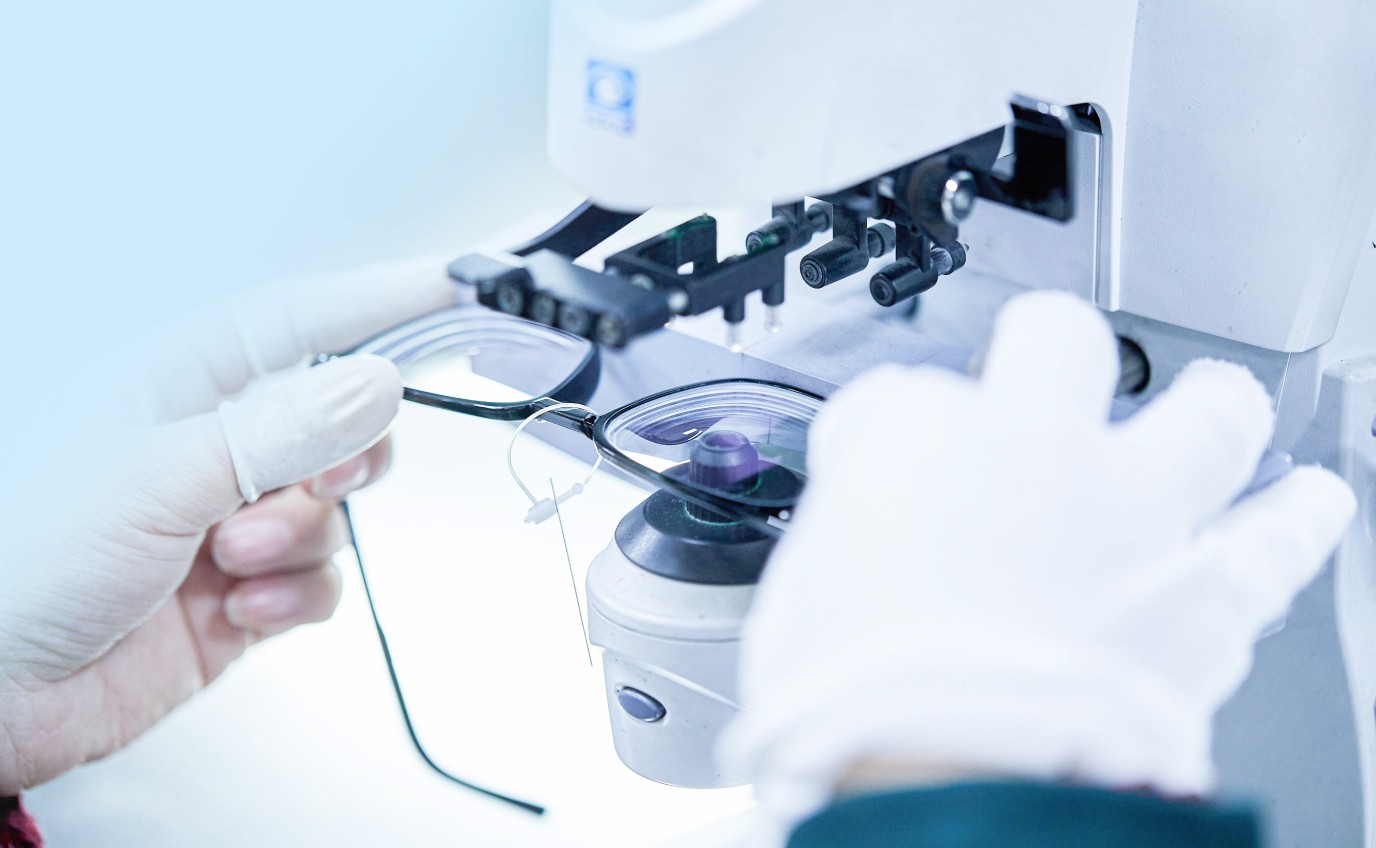Prescription Lenses
What are lenses made of? And what exactly sets individualised lenses apart from those you get "off the shelf"? Here, you can learn everything about the production of spectacle lenses.
Lens production starts from the moment your optician writes down your vision measurement data for you. The optician will measure your vision and the position of the lens in the frame you choose, and then create your own lens prescription. Finally, pass these important file data to a spectacle lens manufacturer like Wanxin, so that we can produce personalized and high-quality spectacle lenses for you. What will happen next? First, we will produce semi-finished plastic lenses (also called plexiglass). This material is the basis for making spectacle lenses.
Lens production process
There are two different processes for lens production: "off-the-shelf" stock lenses and personalized precision lenses (also called prescription lenses).
The "off-the-shelf" stock lenses are manufactured in the casting process and are mass-produced rather than individually produced, which is cost-effective. Stock lenses are very suitable for standard vision correction (such as reading glasses or when the wearer needs to quickly change lenses), but they cannot reach the high performance level of personalized precision lenses.
Almost all prescription lenses are manufactured using freeform technology. This is why opticians must create detailed and comprehensive visual data for spectacle wearers as the basis for spectacle lens manufacturing.
Prescription lens production process
Prepare
According to the lens prescription, we will select the corresponding semi-finished lens in the warehouse. And assign an independent bar code so that the data required for processing the lens can be identified in real time at each station, and then transported to a specific processing station.
Blocking
Here, the surface of the lens is coated with a protective coating. The semi-finished lens is then connected to a so-called "stop" so that the lens can be clamped and processed correctly in the machine.
Generating and Polishing
Because the semi-finished lens already has the correct power, we only need to use the 5-axis CNC to quickly process and shape the back surface according to the prescription data, and freely customize the free-form surface in this process. Then, the surface of the lens is polished and ground.
cleaning And Tinting
After the lens is separated from the occluder, it can be cleaned to remove any traces on the lens and prepare for coating. At this stage, the lenses will also be dyed according to the prescription requirements. We use environmentally friendly and healthy pigments, and can provide any color tone.
Coating
Coating is the most demanding part of technology. We use plasma bombardment technology to cover various ion coatings on the lens, up to 9 layers. Various performance coatings make the lens scratch resistant, anti-pollution, filter harmful light, anti-reflection, durable, and ensure that the lens is suitable for use in various environments.
Quality assurance
Before delivery, each lens undergoes a series of strict inspections such as visual inspection and instrumentation, such as whether the parameters such as diopter, axis, cylinder, thickness, design and diameter are correct, to ensure that it meets the strict quality assurance requirements of Wanxin.
Glazing
If the lens is flawless, it will flow into the packaging process or sent to the optician department. Our professional optician will cut the lens and install it into the frame according to the frame data selected by the wearer. This process requires various precision instruments, because only the most suitable lenses can provide perfect vision correction.
